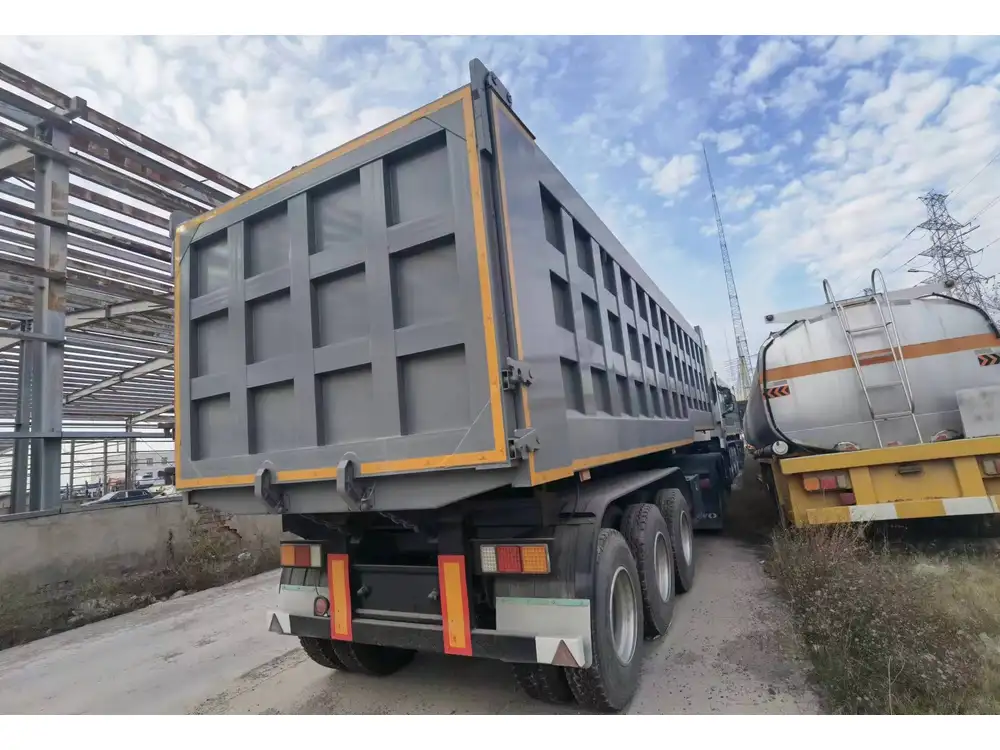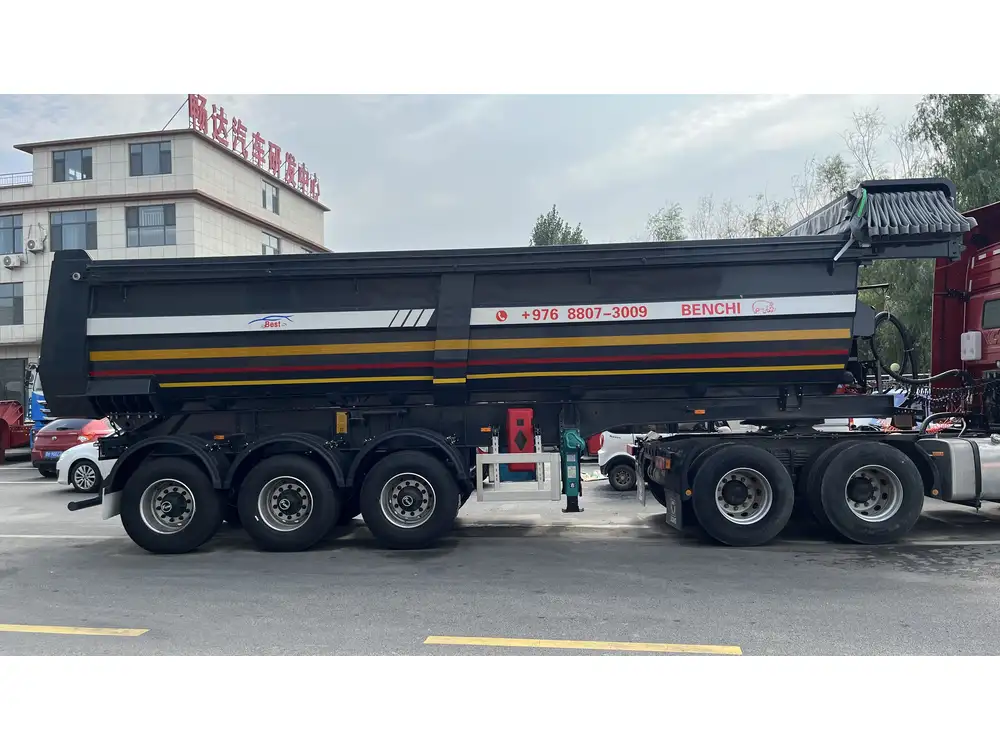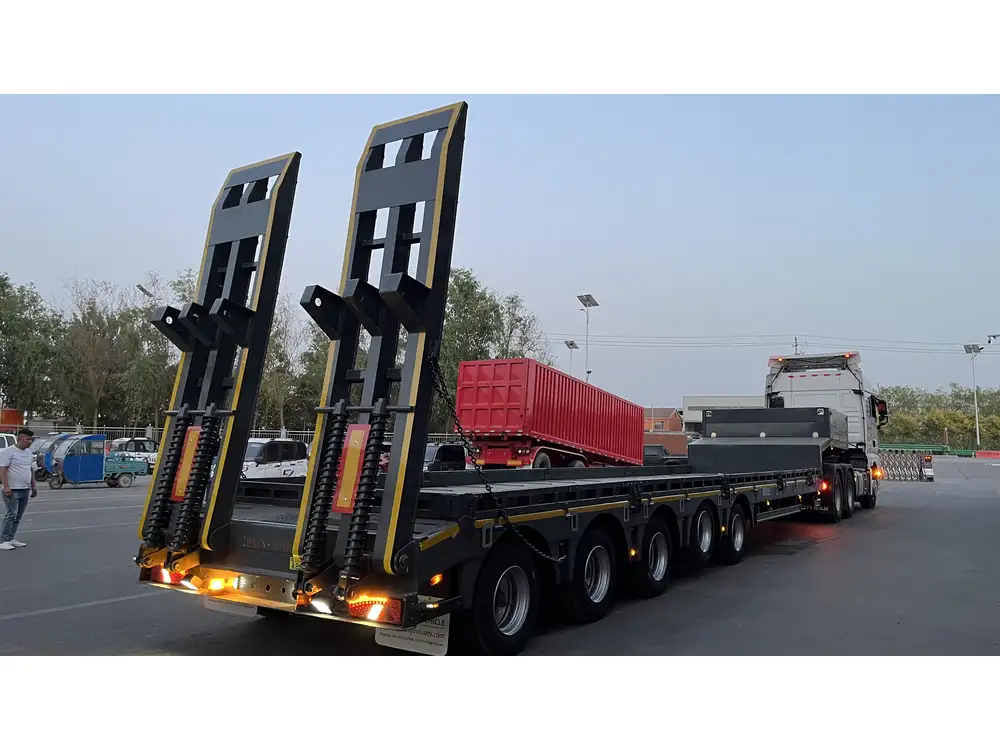Filling the fresh water tank in your travel trailer may seem like a straightforward task, yet understanding the nuances can significantly enhance your camping experience. Engaging in this process correctly not only ensures you have ample water for your needs but also prolongs the life of your equipment and prevents potential issues down the road. This guide will explore every aspect of filling your travel trailer’s fresh water tank, from preparation and identifying connections to troubleshooting common problems.
Understanding Your Fresh Water System
Anatomy of a Fresh Water System in Your Travel Trailer
Before diving into the filling process, let’s break down the primary components of your travel trailer’s fresh water system:
| Component | Description |
|---|---|
| Fresh Water Tank | A reservoir that holds the potable water for the trailer. |
| Water Inlet | The connection point where water enters the fresh water tank. |
| Water Pump | A pump that pushes water from the tank to the faucets and appliances. |
| Faucets & Showers | Fixtures used to access water throughout the trailer. |
| Drains | Locations designed to empty the tank and plumbing system. |

Importance of Clean Water
Fresh water quality is essential during your travels. Always ensure that the water you are filling your tank with is potable. This prevents contamination and unwanted odors, maintaining a safe and pleasant environment for you and your companions.
Preparing to Fill Your Fresh Water Tank
Required Tools and Supplies
- Garden Hose: Ideally, a hose that is specifically designed for drinking water to avoid leaching chemicals.
- Water Filter: Optional, but recommended for ensuring the quality of the water.
- Funnel: If your water inlet is narrow, use a funnel for a more direct fill.

Safety Precautions
- Inspect the Water Source: Before filling, always check that the water source is clean and safe for drinking.
- Tank Maintenance: Make it a routine to clean and sanitize your fresh water tank periodically to avoid algae growth and sediment buildup.
Step-by-Step Instructions to Fill Your Fresh Water Tank
Step 1: Locate the Fresh Water Inlet
Your travel trailer should have a clearly marked water inlet, often located on the exterior of the unit. This is typically a cap or door with a water symbol, indicating the entry point for filling the fresh water tank.

Step 2: Connect the Hose
Attach the Hose: Connect your hose to the drinking water source. Ensure you use a lead-free hose to prevent contamination.
Secure the Connection: Make sure the connection points are tight to avoid leaks while filling the tank.
Step 3: Begin Filling
Open the Inlet Cap: Remove the cap from the fresh water inlet.
Insert the Hose: Place the hose into the inlet, ensuring it is positioned correctly so that water flows directly into the tank.
Turn on the Water Source: Gradually turn on the water supply. It’s advisable to start slowly to avoid backflow or pressure surges that might damage the system.
Step 4: Monitor the Filling Process
Check Tank Level: Most trailers have a built-in gauging system to monitor the water level. If available, keep an eye on this until the tank is full.
Use a Funnel: If you notice difficulty in the flow or you’re using a narrow inlet, consider using a funnel to prevent splashing and wasted water.

Step 5: Turn Off the Water Supply
Close the Water Source: Once the tank is full, switch off the water supply before removing the hose.
Remove the Hose and Cap: Carefully remove the hose and replace the cap securely on the water inlet.
After Filling: Ensuring Proper Functionality
Step 6: Prime the Water System
Before using the water for any taps or appliances, it’s necessary to prime the system:
Open Taps: Begin by opening all the faucets (hot and cold) in your travel trailer, which allows air bubbles to escape and fills the system.
Activate the Water Pump: Turn on the water pump, which will circulate the water from the tank to the faucets.
Check for Leaks: As water begins to flow, monitor all connections to ensure there are no leaks.

Step 7: Test Your System
Run Each Faucet: Let each faucet run until a steady stream of water flows, ensuring that air is out of the lines.
Inspect Pressure: Make sure the water pressure is consistent at all outlets.
Troubleshooting Common Issues
| Problem | Possible Cause | Suggested Solution |
|---|---|---|
| Water Won’t Flow | Clogged inlet or hose | Check and clean inlet; replace hose if necessary. |
| Low Pressure | Air in the water lines | Run all faucets to let the air escape. |
| Tank Won’t Fill Completely | Blocked vent or overfilled | Inspect and clear any obstructions; check overflow system. |
| Unpleasant Odor | Bacteria or algae in the tank | Sanitize the tank and install a filter. |
Best Practices for Maintaining Your Fresh Water System
Regularly Sanitize the Tank: At least once per season. Use a mixture of water and bleach, appropriately diluted, to clean the interior surfaces of the tank.
Use a Water Filter: This can help capture sediments and reduce odors, ensuring the quality of your water.
Inspect Hoses and Connections: Regularly check the condition of your hoses and fittings to prevent leaks and ensure optimal performance.
Winterize Properly: Before the winter season, make sure to properly blow out lines and empty the tank to avoid freeze damage.

Conclusion
Navigating the ins and outs of filling and maintaining your travel trailer’s fresh water tank is crucial for any camping enthusiast. Following these steps diligently can prevent headaches and improve your overall experience while on the road. Always stay proactive about maintenance and cleanliness to ensure that your water system remains in excellent shape, providing you with the fresh, clean water you need during your travels.
Embarking on a journey with your travel trailer should be filled with adventure and relaxation; knowing how to efficiently manage your fresh water supply is essential to achieving that goal. Embrace the unique challenges of RV life and ensure each trip is more enjoyable than the last!



